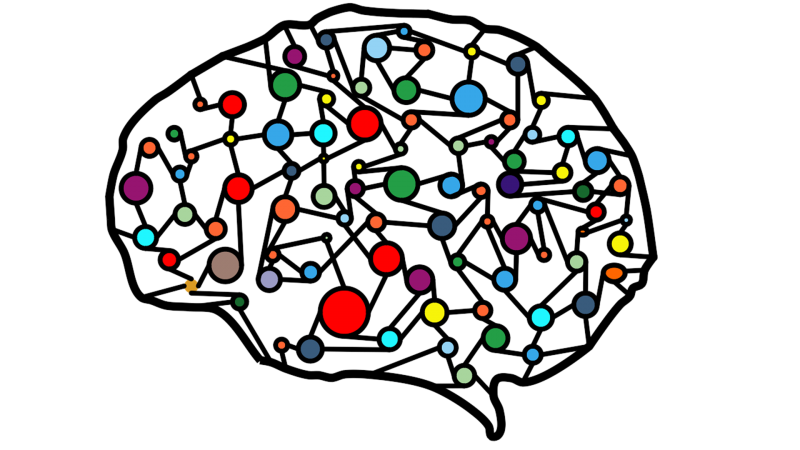Five Possible Uses of Big Data in Future Learning Solutions


By Rohit Talwar and Helena Calle
How might big data feature in developing and delivering learning solutions?
The use of big data to improve the learning process offers immense future opportunities. Here we explore five powerful emerging and potential applications.
Learning Effectiveness
While some learning organizations are struggling to find the educational potential of big data, the pioneering AltSchool project is already doing student data trials. AltSchool collects information about several aspects of the teaching/learning process, including the impact of classroom resources, attention spans, and academic performance. The goal is to provide insights to improve teaching and learning effectiveness.
Dynamic Learning System
The system would have big data analytics driving daily provision of ultra-personalized bite-size learning. The artificial intelligence (AI) system would scan the web, filtering on the individual´s current tasks, recent performance, preferred learning style, and immediate learning goals. Focusing on the most relevant text, voice, and video content, the system could present key information as short learning videos to the student on a daily basis.
Customized Degree Programs
Students would personalize their degree using course modules that best fit their learning styles. An initial diagnostic test collects data about individual learning styles, and information on response to visual cues, attention span, and memory capacity. Worldwide big data searches of university offerings and free public courses would identify best fit content, and then the student, tutor, and system work together to select the module mix that best meets the course requirements. For example, the system might select five out of more than 200 available Byzantine history modules that best meet the student´s learning needs. The student selects a module and negotiates with their university tutor to ensure it fits the degree requirements. The process allows students to design their own route toward achieving personalized learning goals.
Continuous Feedback on Learner Performance
Currently, post-completion marks, grades, and comments are one of the few systems we have to inform learners about their performance. These typically focus mainly on outcomes rather than how the learner competed the task. Big data analytics could enable a shift to providing continuous personalized insights. For example, evaluating how specific teaching styles impact a student´s performance, monitoring the strategies used to gather and structure research data, and evaluating steps taken to solve a problem. The system could collect data about the student´s actions and behaviors in every stage of the learning process. The data would be compared and analyzed continuously against a database of information on how others have completed similar tasks to make accurate recommendations to improve student performance.
Collaborative and Dynamic Curricula
Government education departments often struggle to develop up-to-date curricula to guide schools accurately on the future needs of business and society for which students should be prepared. Instead, citizens and businesses could be given more say on what schools teach. Through periodic surveys and continuous input, the system could collect societal views on what students should learn—from essential life skills to knowledge on how society is changing. Using AI tools to evaluate the resulting big data stores of public opinion, schools could receive regular and on-demand updates of what students should be learning about.
These are only five examples of the potential future uses of big data and AI in education. The potential clearly exists to use accumulated insights to transform learning, the challenge is to select a few key opportunities with which to start testing the possibilities.
- What other potential uses of big data could you see adding value in the processes of teaching and learning?
- Which technologies could be used to facilitate data collection in the educational context?
- How might data analytics inform the managerial decision-making processes in educational organizations?
This article is excerpted from A Very Human Future – Enriching Humanity in a Digitized World. You can order the book here.
A version of this chapter was originally published in Training Journal.
Image: https://pixabay.com/images/id-3501528/ by ahmedgad


